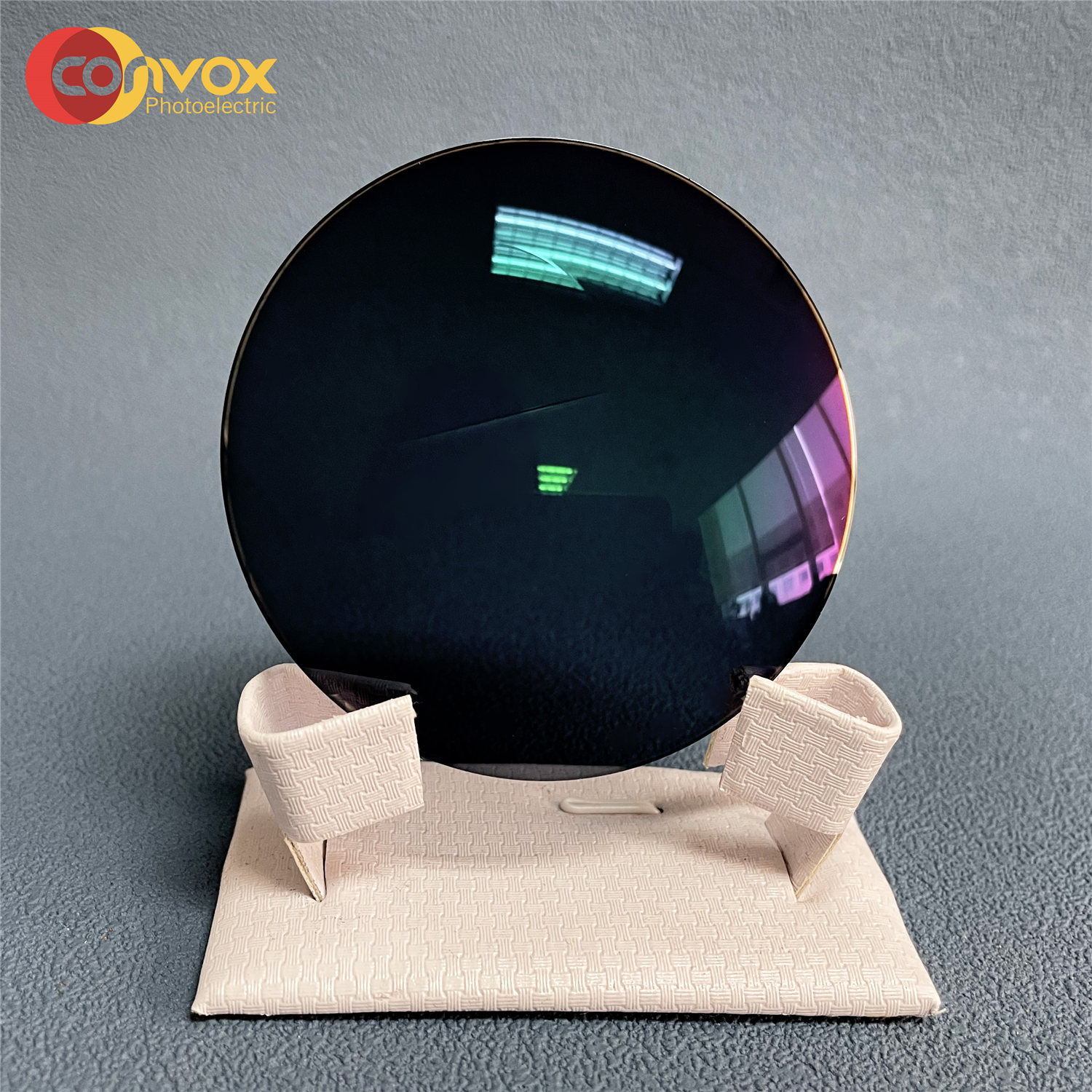







| Place of origin | China Zhejiang |
| Product Name | Photochromic Flat top lens |
| Index | 1.56 |
| Material | Resin /NK-55 |
| Coating | HMC |
| Transmission | >98% |
| Characteristic | CLEAR INDOOR,CHANGE COLOUR OUTSIDE |
| MOQ | 100 Pairs |
| Coating color | Green, Blue |
| Photochromic | Photo grey, Photo brown |
| Abrasion Resistance | 6-8H |
| Power range | SPH:-2.00~+3.00 ADD:+1.00~+3.00 |
| Quality guarantee | One year |



Photochromic Flat Top Optical Lens
This lens change color to adjust transmittance,
make human eyes adapt to the change of environmental light,
reduce visual fatigue, and protect eyes.
What Are Bifocal Lenses & How Do They Work?
There are many different variations of lenses available today, many of them fulfilling the same purpose or even multiple purposes. In this month’s blog post we will discuss bifocal lenses, how they function, and what the benefits of them are for various vision impairments. Bifocal eyeglass lenses contain two lens powers to help you see objects at all distances after you lose the ability to naturally change the focus of your eyes due to age, also known as presbyopia. Due to this specific function, bifocal lenses are most commonly prescribed to people over the age of 40 to help compensate for the natural degradation of vision due to the aging process. Regardless of the reason you need a prescription for near-vision correction, bifocals all work in the same way. A small portion in the lower part of the lens contains the power required to correct your near vision. The rest of the lens usually is for your distance vision. The lens segment devoted to near-vision correction can be one of several shapes: • A half-moon — also called a flat-top, straight-top or D segment • A round segment • A narrow rectangular area, known as a ribbon segment • The full bottom half of a bifocal lens called the Franklin, Executive or E style Generally, when wearing bifocal lenses, you look up and through the distance portion of the lens when focusing on points farther away, and you look down and through the bifocal segment of the lens when focusing on reading material or objects within 18 inches of your eyes. This is why the lower bifocal portion of the lens is placed so the line separating the two segments rests at the same height as the wearer’s lower eyelid. If you believe that bifocal lenses, or even more progressive multifocal lenses, may be the right choice for your vision impairment then come into Convox Optical today and our friendly and experienced staff can help guide you to the perfect choice of lens and frames.










